Instead, with Burmese tofu, the liquid is heated until it begins to coagulate and is then left to set into a soft block. Because of the difference in texture, you can’t use Burmese tofu as a substitute for firm soybean tofu, as it is rather delicate and might not withstand much stir frying or longer cooking times in liquids. I prefer cutting Burmese tofu into cubes and shallow frying them with a bit of salt until golden brown on each side. They can then be coated in your favourite sauce or spices and used to top off dishes or served as a side.
Although Burmese tofu is commonly made with chickpea flour, you can, in essence, use any dried legume and apply the same method by soaking and blending them. Most legumes are high in protein (around 20%). By extracting and heating them, you can change the protein bonds, causing them to firm up. Most of us have already experienced this process before when boiling an egg, turning the white from translucent to firm. Although this works with any dried legume (peas, lentils, beans…), it’s slightly different with soybeans, which are even higher in protein (around 40%) and therefore begin to curdle when heated in the form of soy milk like in this recipe.
IMPORTANT: Raw legumes, especially certain beans, are not safe to consume, because they contain natural toxins as a defence mechanism against predators. By straining the blended legumes, you’re removing any larger particles that might not cook in time, so please don’t skip this step or the tofu might upset your stomach. Always make sure that your tofu has set properly, otherwise start over instead of eating it anyway.
One of my favourite ways to use Burmese tofu is to be inspired by other cultures who have long adapted the use of chickpea flour into creations like panisse or panelle. If you’d like to experience with other legumes, try my green lentil, red lentil or chickpea tofu.
Ingredients
-
200g dried calypso beans
Method
Soak the beans in plenty of water overnight or for at least 8 hours.
The next day, drain the beans and pulse them in a food processor (I use Ninja) to break down slightly. Then add 500 ml of water and blend until smooth.
Filter the blended beans through a sieve into a saucepan and use the back of the spoon to squeeze out as much liquid as possible (You can discard the leftover pulp, or use it to thicken stews, soups or even mix it into breads like this Sourdough Rye). Add 1/2 tsp of salt to the liquid and whisk it in. You will notice that some of the protein has already sunk to the bottom of the pan. Make sure to loosen it with the whisk or it will burn.
Bring the liquid to a gentle boil, whisking constantly. Keep simmering for 1 minute, whisking every now and then, until the mixture sticks to the whisk and doesn’t instantly level out when you stir it. When you tilt the pan, the liquid should move slowly. If it feels too runny, just cook it a little longer. Once ready, pour the mixture into a mould and let it set for an hour before using.
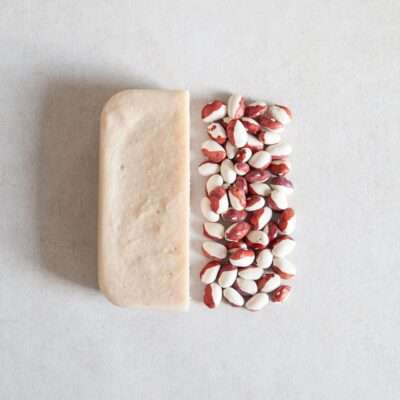
Calypso Bean Tofu
Ingredients
- 200 g dried calypso beans
Instructions
- Soak the beans in plenty of water overnight or for at least 8 hours.
- The next day, drain the beans and pulse them in a food processor (I use Ninja) to break down slightly. Then add 500 ml of water and blend until smooth.
- Filter the blended beans through a sieve into a sauce pan and use the back of the spoon to squeeze out as much liquid as possible (You can discard the leftover pulp, or use it to thicken stews, soups or even mix it into breads like this Sourdough Rye). Add 1/2 tsp of salt to the liquid and whisk it in. You will notice that some of the protein has already sunk to the bottom of the pan. Make sure to loosen it with the whisk or it will burn.
- Bring the liquid to a gentle boil, whisking constantly. Keep simmering for 1 minute, whisking every now and then, until the mixture sticks to the whisk and doesn’t instantly level out when you stir it. When you tilt the pan, the liquid should move slowly. If it feels too runny, just cook it a little longer. Once ready, pour the mixture into a mould and let it set for an hour before using.
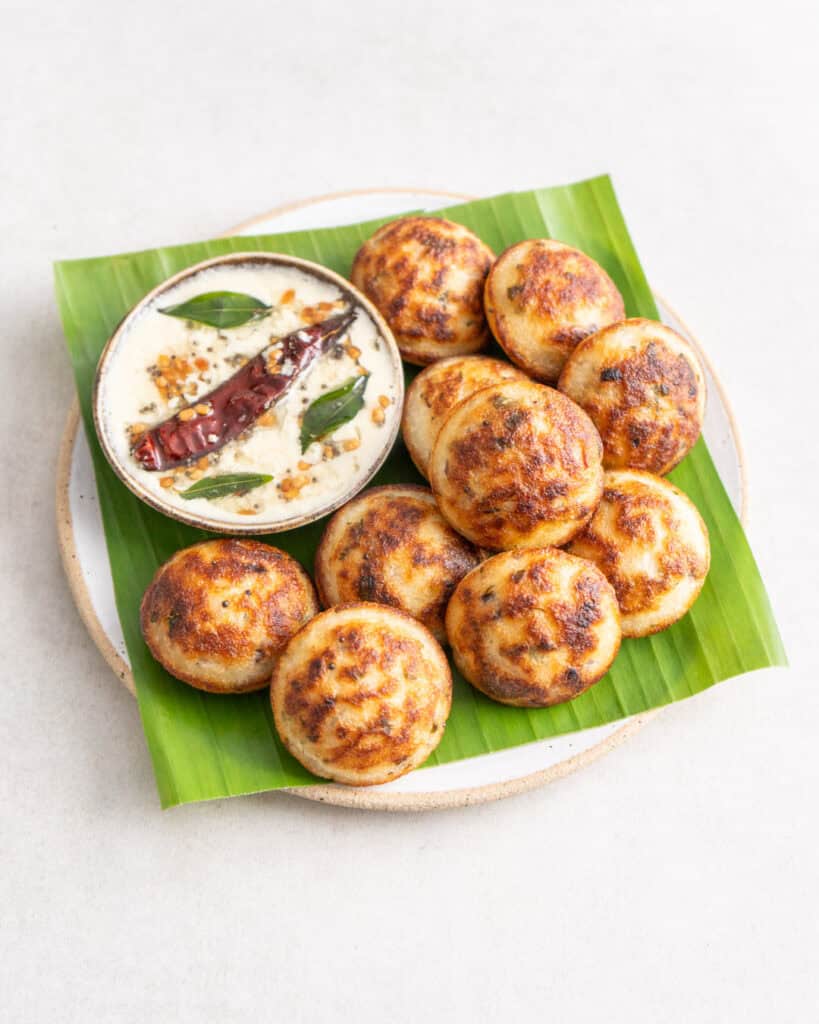

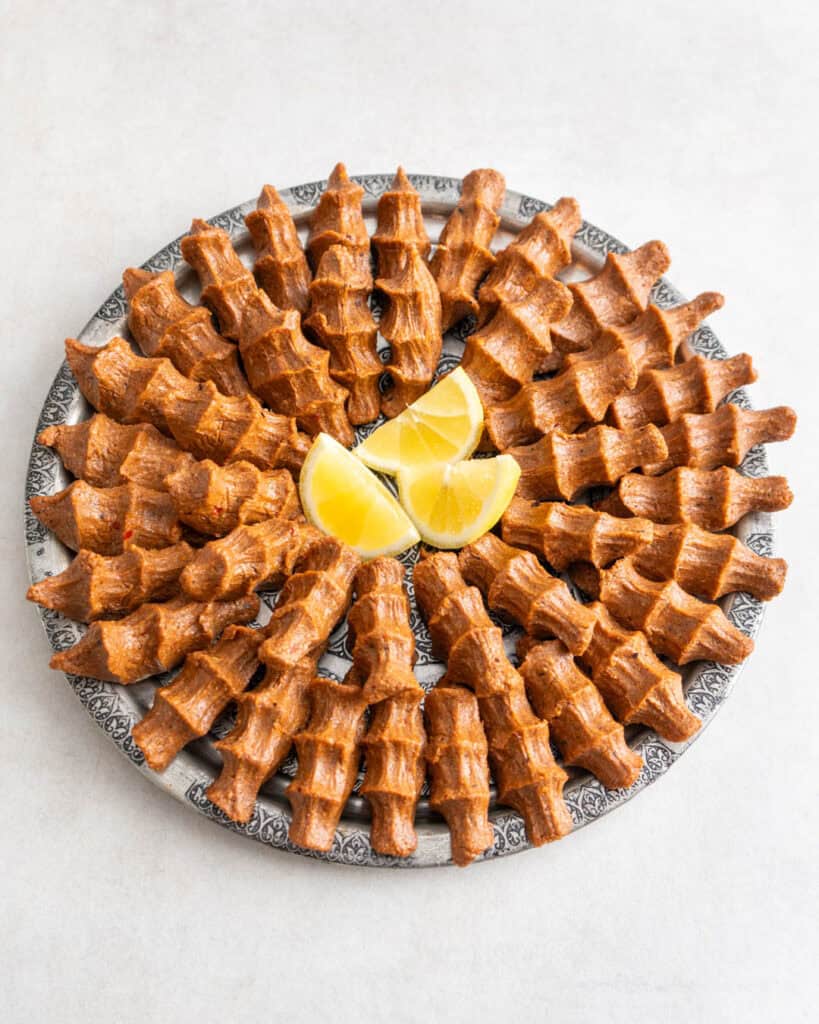
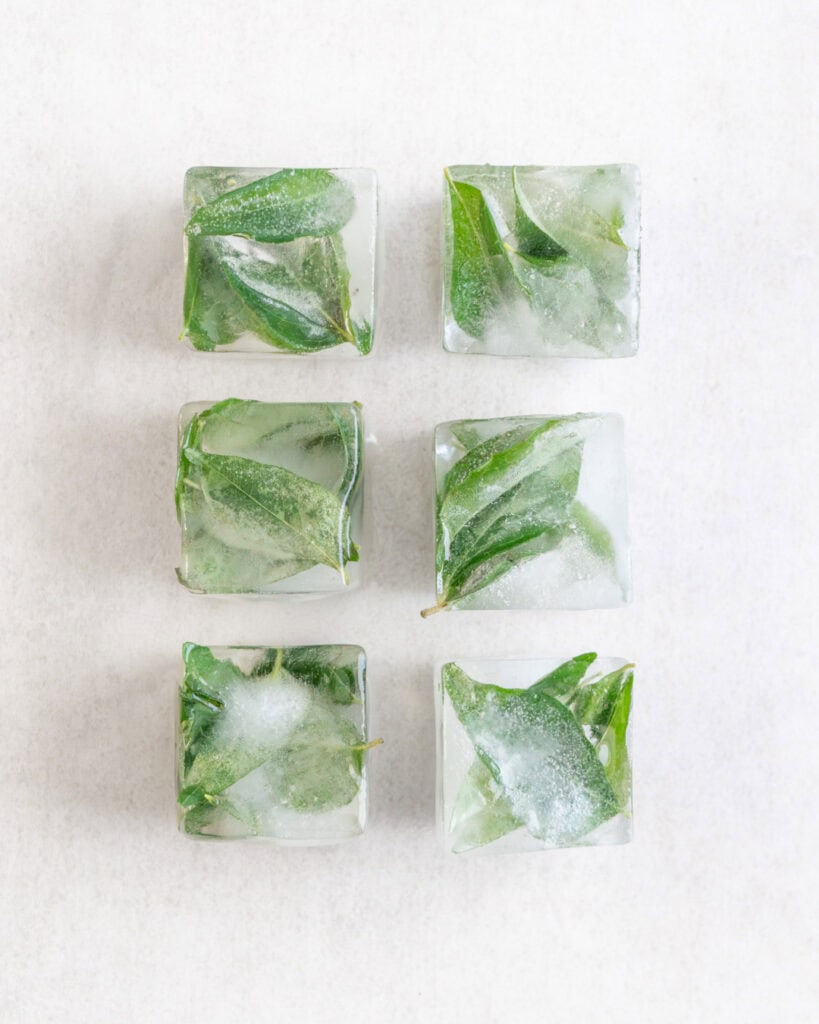
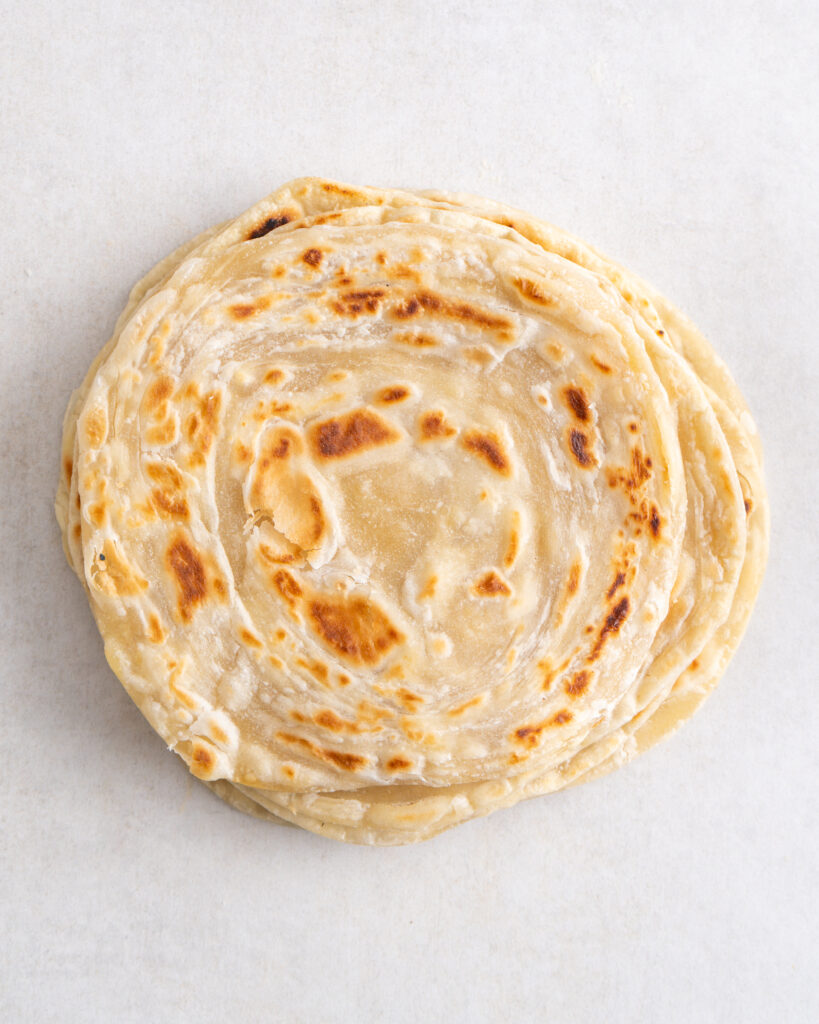
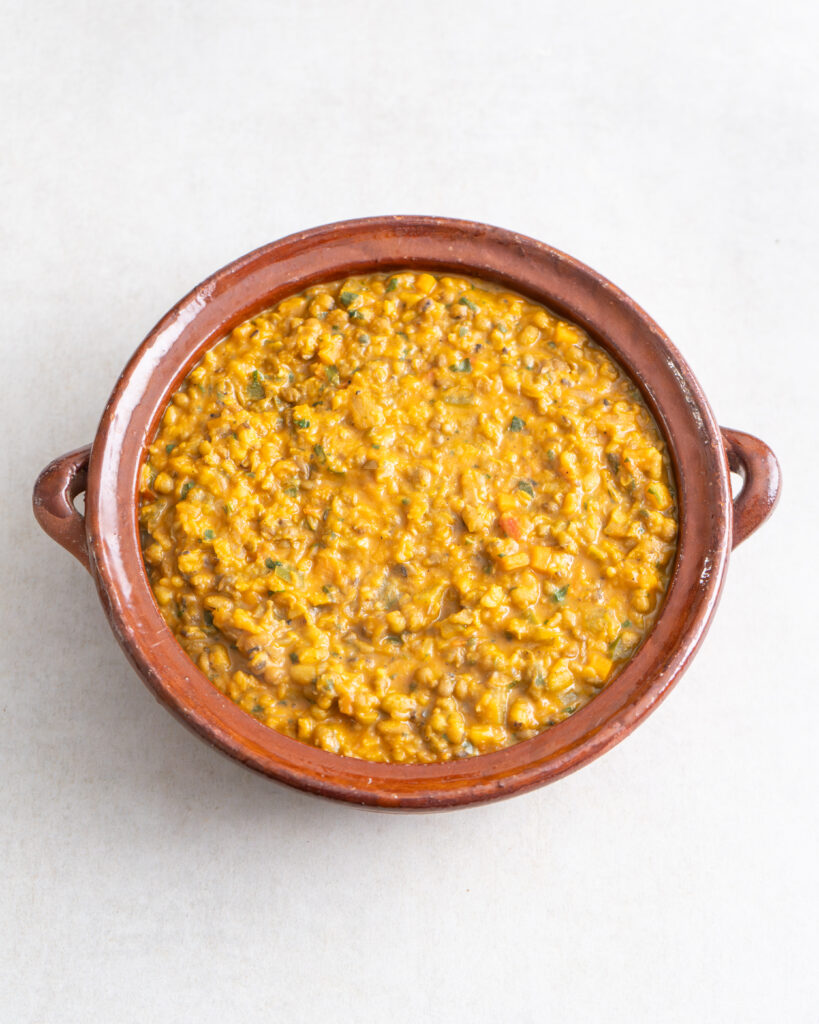
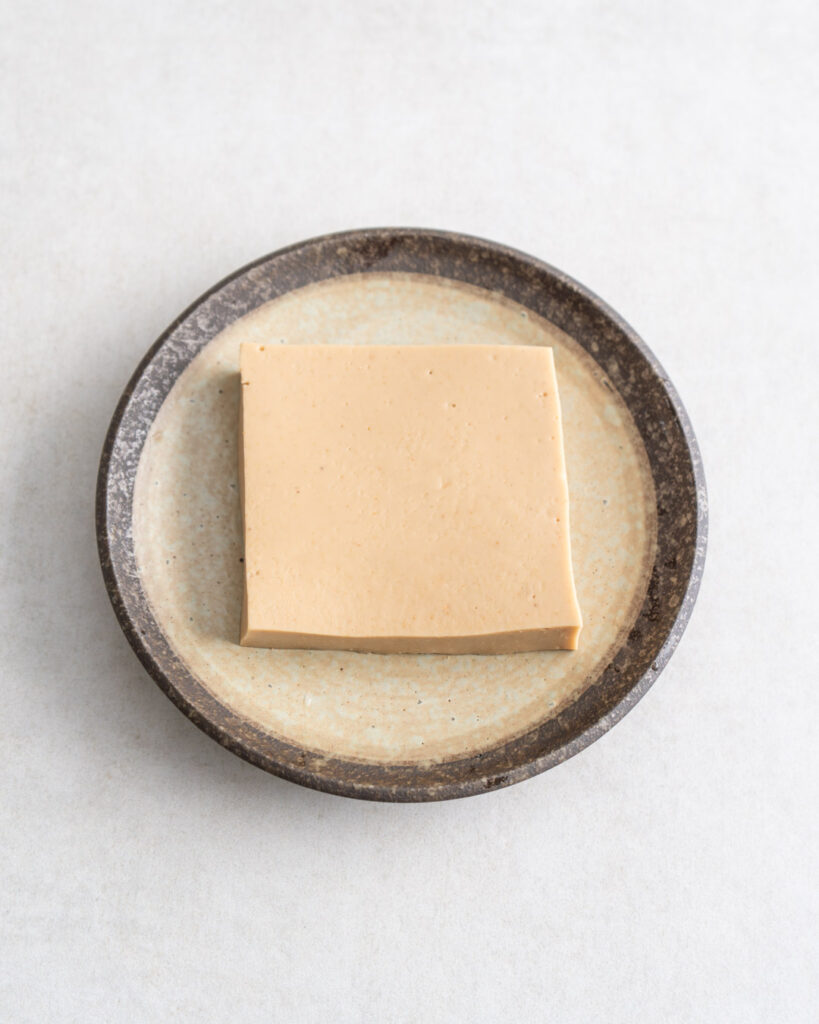
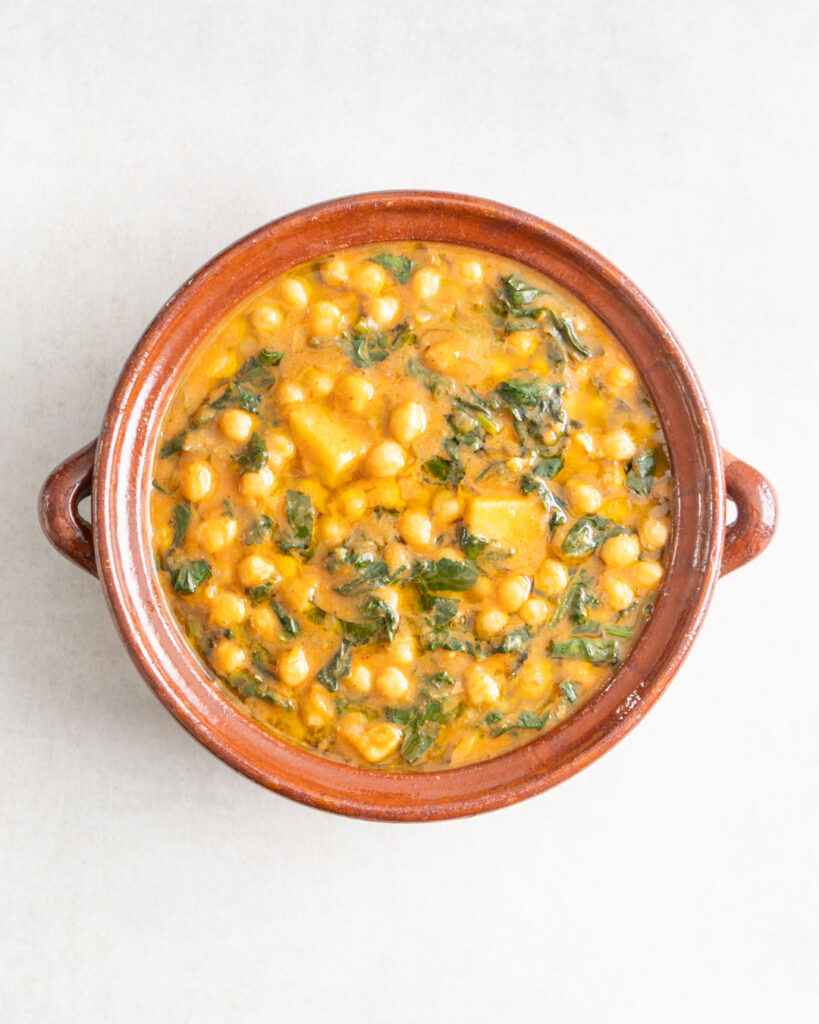
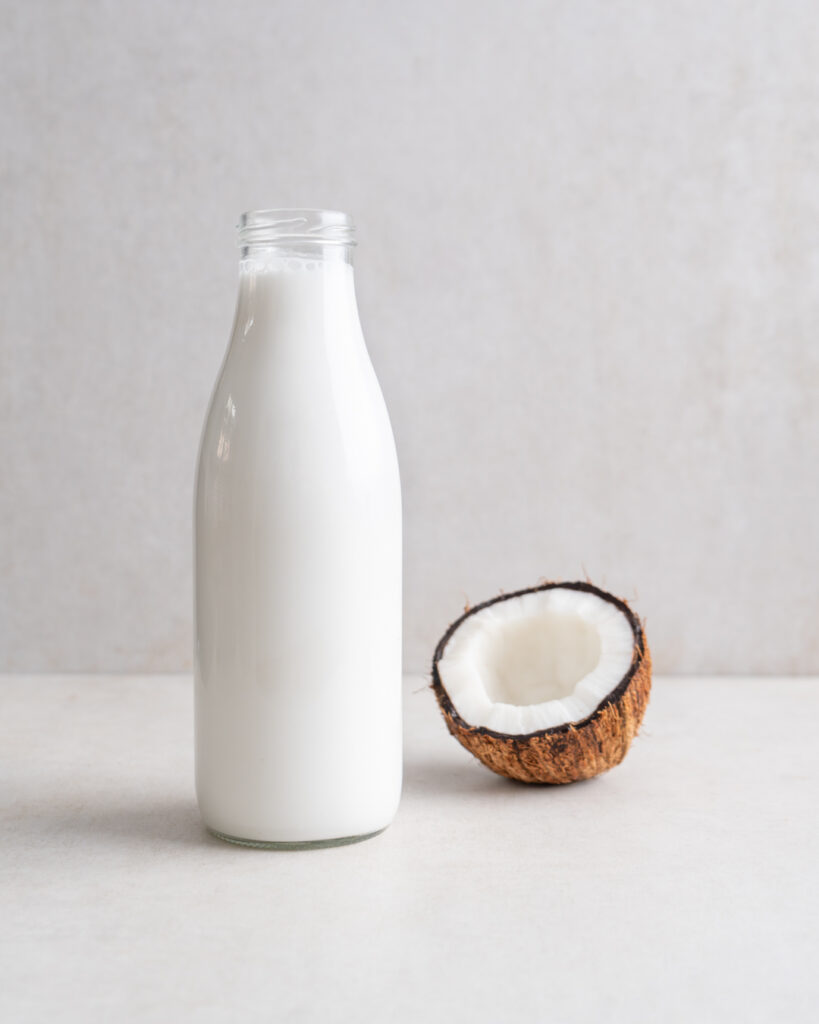
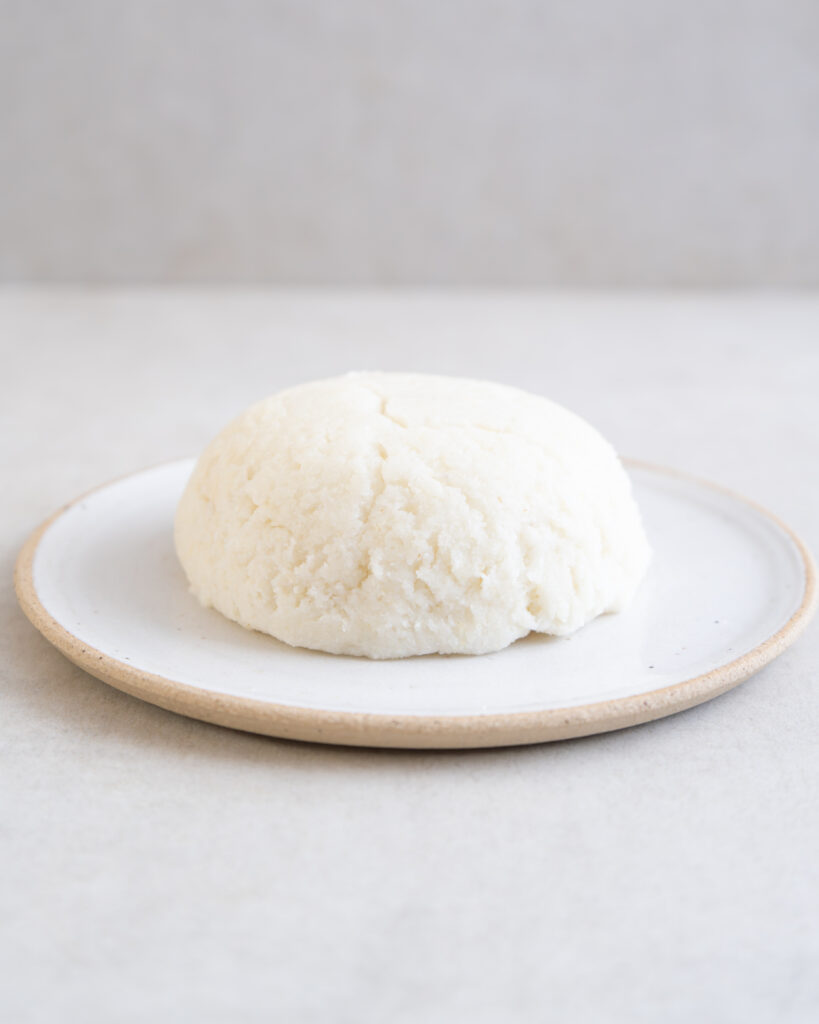

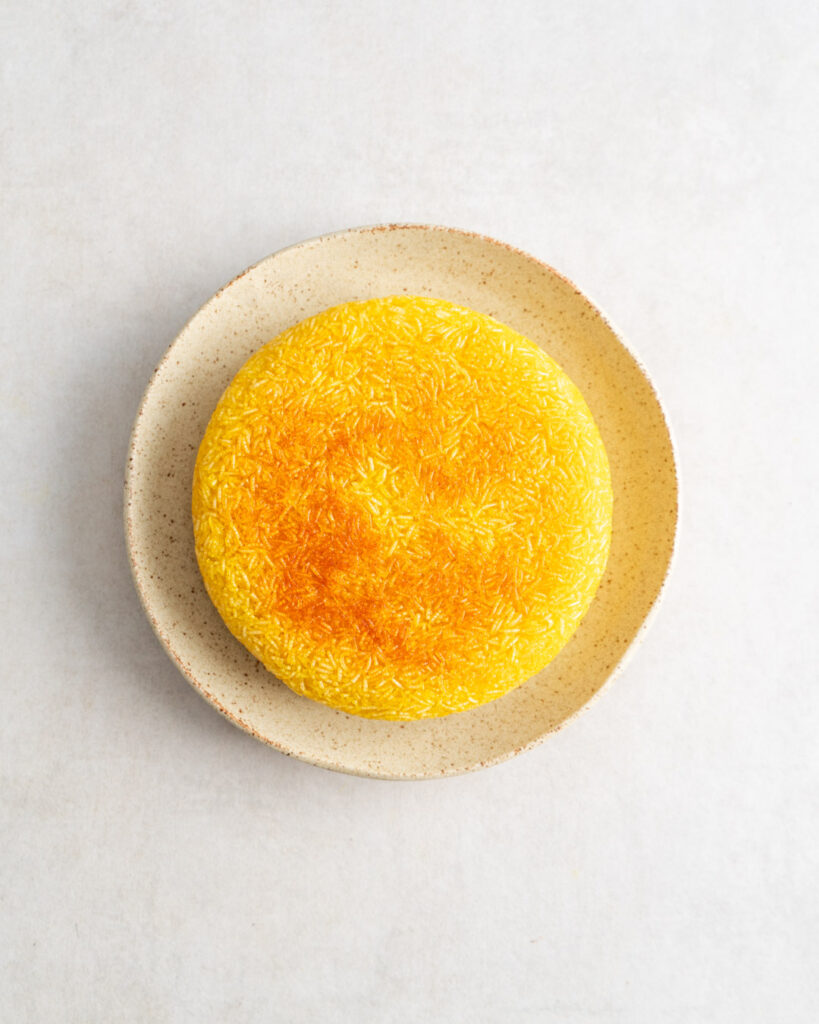


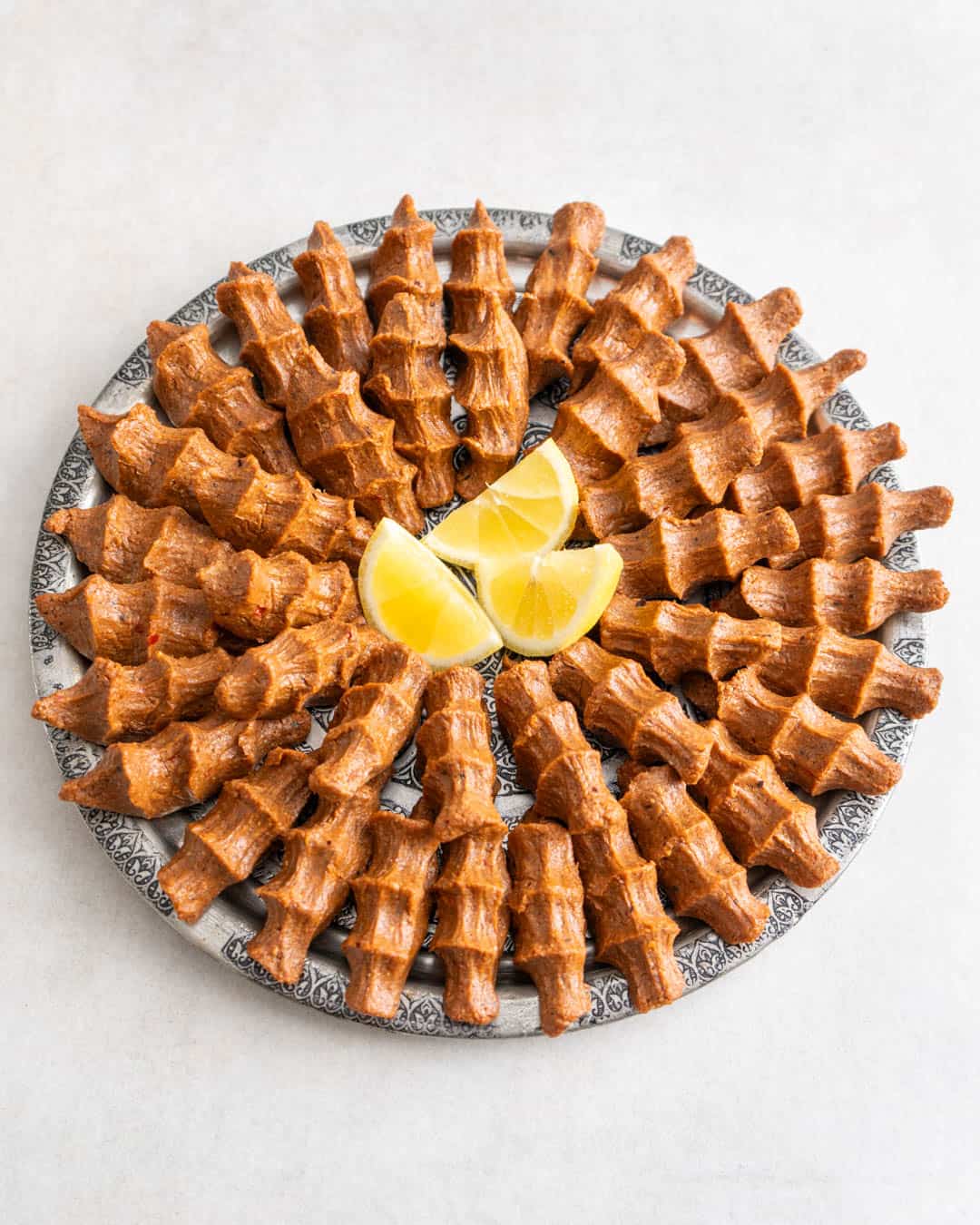
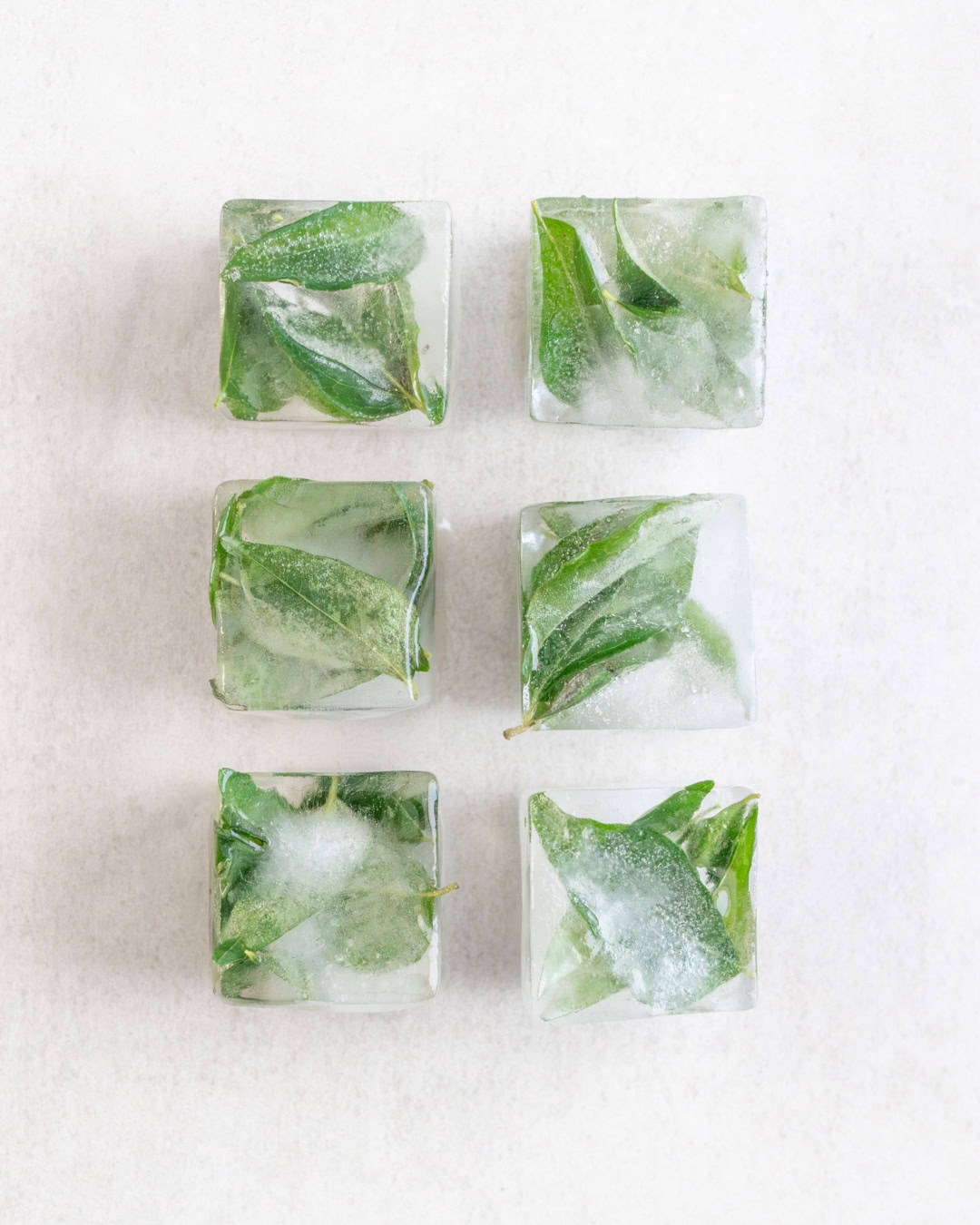








Hello Hermann,
have you ever tried to post-process this tofu (or the other burmese ones) by having it pass through tempeh fermentation ?
Interesting! I haven’t yet, but suppose it wouldn’t be firm enough